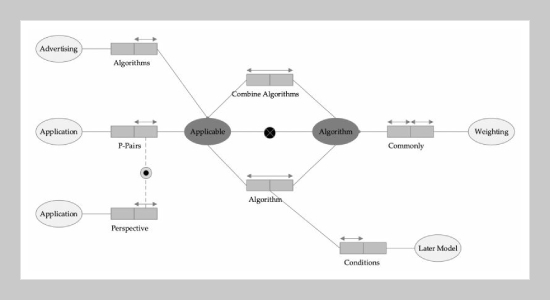Lu Qian This email address is being protected from spambots. You need JavaScript enabled to view it.1,2 1Jiangxi Industry and Trade Technical College, Jiangxi Province, 330038, China
2Jiangxi Police Institute, Nanchang City, Jiangxi Province, 330103, China
Received:
May 19, 2022
Copyright The Author(s). This is an open access article distributed under the terms of the Creative Commons Attribution License (CC BY 4.0), which permits unrestricted use, distribution, and reproduction in any medium, provided the original author and source are cited.
Accepted:
June 30, 2022
Publication Date:
July 29, 2022
Download Citation:
||https://doi.org/10.6180/jase.202304_26(4).0011
The classroom teaching and quality evaluation of college English teachers is an effective way to evaluate the teaching quality and improve the teaching level of teachers. But there is uncertainty and fuzziness in the process of teaching and quality evaluation. Therefore, based on the data mining technology, the analytic hierarchy process is used to construct the evaluation index body. Then the indexes which have important influence on the evaluation result are selected as BP neural network input. Finally, the neural network teaching and quality evaluation model is established, and the improved algorithm is simulated. The validity of this method is verified by experiments, which can improve the accuracy of college English teaching and quality evaluation. With the help of SPSS andWeka data mining tools, this paper uses a variety of data mining means to conduct in-depth mining analysis of various teaching operation status data, explore the complex relationship behind the data and its value significance, then further propose how to effectively use data mining to implement teaching quality monitoring methods and measures, and discuss how to combine the analysis results for optimizing the use of student assessment data, innovating the way of college students The study also discusses how to combine the analysis results to optimize the use of student evaluation data and to innovate the way of guiding the quality assessment of English courses for college students, to provide meaningful references for the implementation of English teaching quality assessment.ABSTRACT
Keywords:
College English; Quality Evaluation; Level Analysis; BP Neural Network
REFERENCES
















